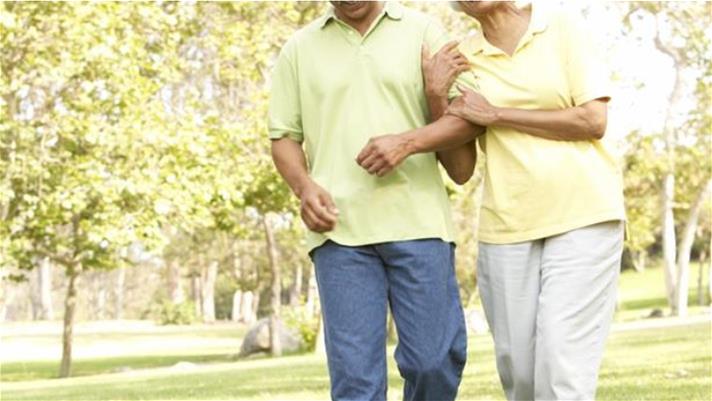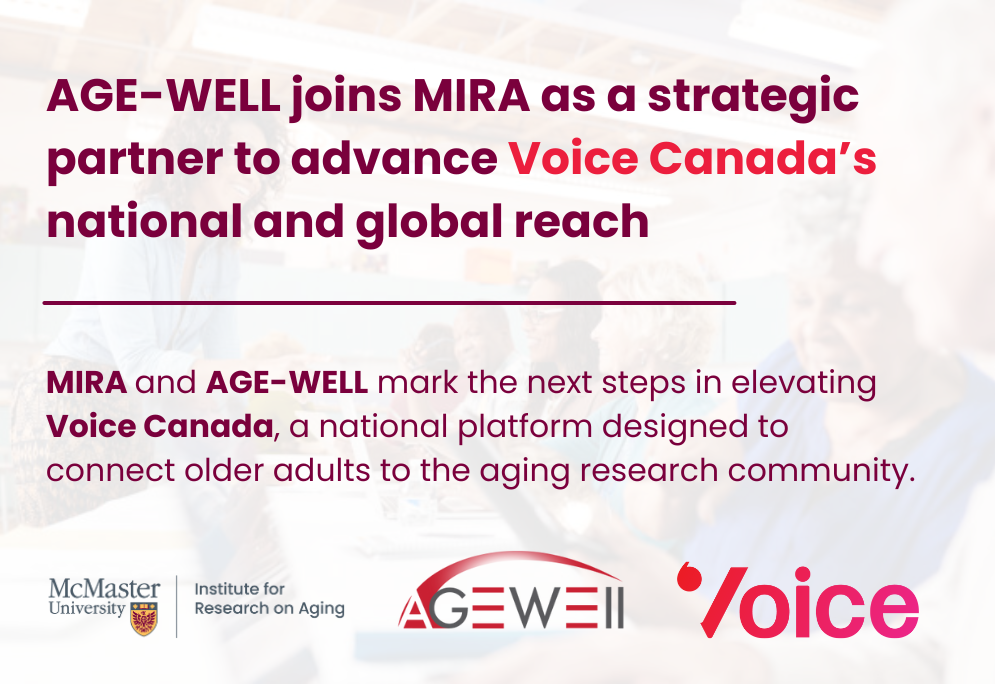
Published: May 20, 2020
The Bottom Line
- If you live in the city, many urban green spaces, such as parks and trails, are surely built in your neighbourhood.
- The use and promotion of urban green spaces are promising: better physical health, improved well-being, reduction of stress, reduction in crime and increased perception of security, but also greater biodiversity.
- Share your observations and recommendations with your elected municipal officials or the managers about urban green spaces can be improved.
Do you enjoy walking, cycling, gardening, yoga or tai chi? Summer is upon us and you are likely eager to stretch out after weeks of confinement due to the COVID-19 pandemic (while respecting preventive measures such as physical distancing). If you live in the city, many urban green spaces, such as parks and trails are available to enjoy in your neighbourhood. With the aging population and knowing that on a global scale, approximately two out of three persons will live in an urban environment by 2050, more and more social and physical infrastructure are designed to meet the needs of different urban populations, including older adults. But what do we know about the capacity of urban green spaces to improve health and well-being of older adults?
The McMaster Optimal Aging Portal (mcmasteroptimalaging.org), a unique online health resource created by McMaster University to support the healthy aging of Canada’s older adult population, is highlighting ways to stay active and engaged while practicing physical distancing during the current COVID-19 pandemic.​ Read more.

